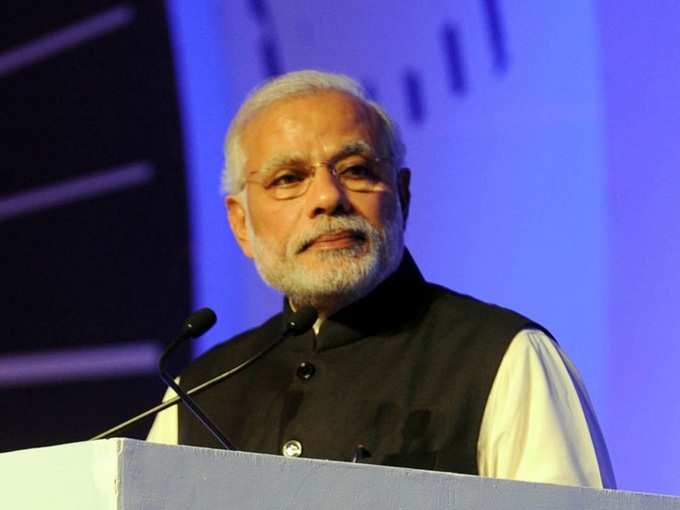 Subsidies are bad economics. The bill for subsidies to the Indian government is to the tune of approximately 2.5% of its
Subsidies are bad economics. The bill for subsidies to the Indian government is to the tune of approximately 2.5% of its India’s Prime Minister
Playing it right politically, PM Modi emphasises that subsidy should really benefit and improve the lives of the beneficiaries. This left him sufficient room to introduce cutting down of subsidies without much political upheaval.
India has approximately 50% of its population dependent on agriculture and the majority is farmers with small land holdings. About 30% of its population lives below the poverty line.
Major subsidies are food, energy and power and fertilizers. A vast majority depend on the subsidies to just survive and or to improve their living standards.
Modi knows there is no question of doing away with subsidies and he had underlined this point at the
He has rightly pointed out that the power subsidy was to drive pumps to draw water and unless the farmer can be assured of a proper supply of water this subsidy cannot be withdrawn likewise the fertilizer subsidy.
Direct Cash Transfer Benefit
Economist Lord Meghnad Desai says, “Modi government should introduce direct cash transfer schemes to keep a check on subsidies”. Modi has cleverly utilised the previous
Subsidy removal and cuts
Modi used the tremendous political goodwill his government has earned at the hustings and has done away with the diesel and petrol subsidies, linking their prices to the international markets. The Government has made a huge saving of almost 25 % in fuel subsidies.
The Government is subsidising LPG cooking gas by almost 50% of its cost and the subsidy bill was around Rs 1,905 crores in 2013-14. PM Modi has once again batted for the people and the LPG subsidy will be selectively limited and high income earners will be removed from the subsidy list.
Fertilizer subsidy is the second largest after food and more than Rs 73, 000 crores (approx. US $ 13 billion) were spent on it last year. India’s expenditure for imported fertilizers was approximately US $ 710 million two years back.
Similarly fertilizer subsidies especially on urea will be reviewed and measures implemented to prevent wastage of this subsidy. Recent studies indicate wastage of about Rs 8,500 crores (about US $ 1.52 billion).
Effect of subsidy cuts and benefits
Slowly and methodically trimming the subsidies will result in savings that can be more productively diverted to infrastructure development and capital expenditure for boosting production in line with the Prime Minister Modi’s ambitious program of ‘Make in India’. This is what the
With emphasis on production and sustained annual growth estimates indicate that the Government will have to pump in about US $ 800 billion if it wants to maintain the targeted annual growth of 7%.
The Government is also expected to develop new infrastructure facilities in transport in roads, rail lines, and ports as well as irrigation facilities close to US $50 billion in the coming year.
If Egyptian President Abdel Fattah el-Sisi without an overwhelming majority government can drastically cut fuel and food subsidies, Modi, taking into account his overwhelming majority government and public goodwill, should take bolder steps to prune and remove subsidies wherever possible for good fiscal growth.
It is perhaps not fair to compare India with its vast geographical and cultural diversity with smaller countries. PM Modi is taking gradual, but concrete steps to cut subsidies without any loss to the beneficiaries.